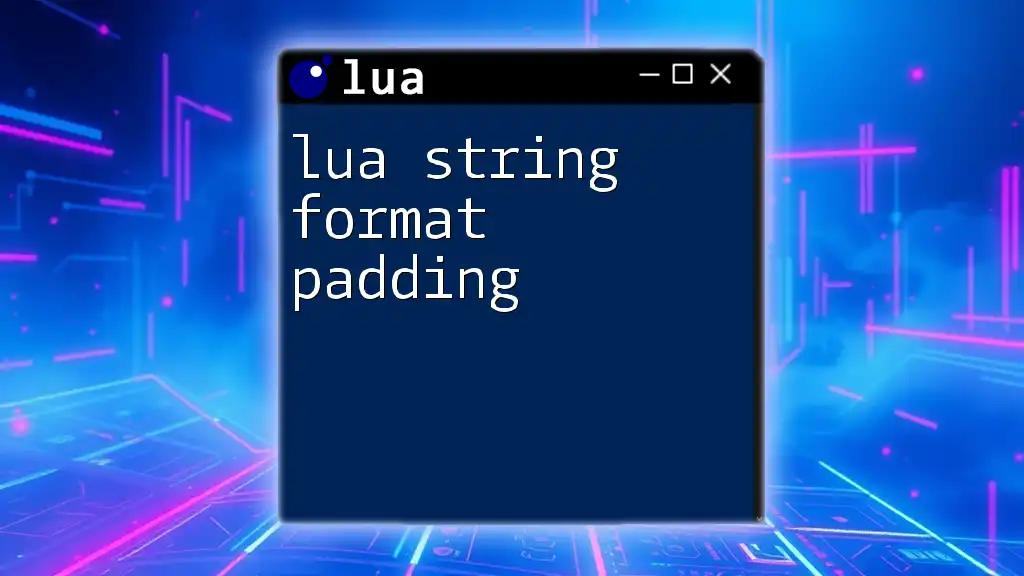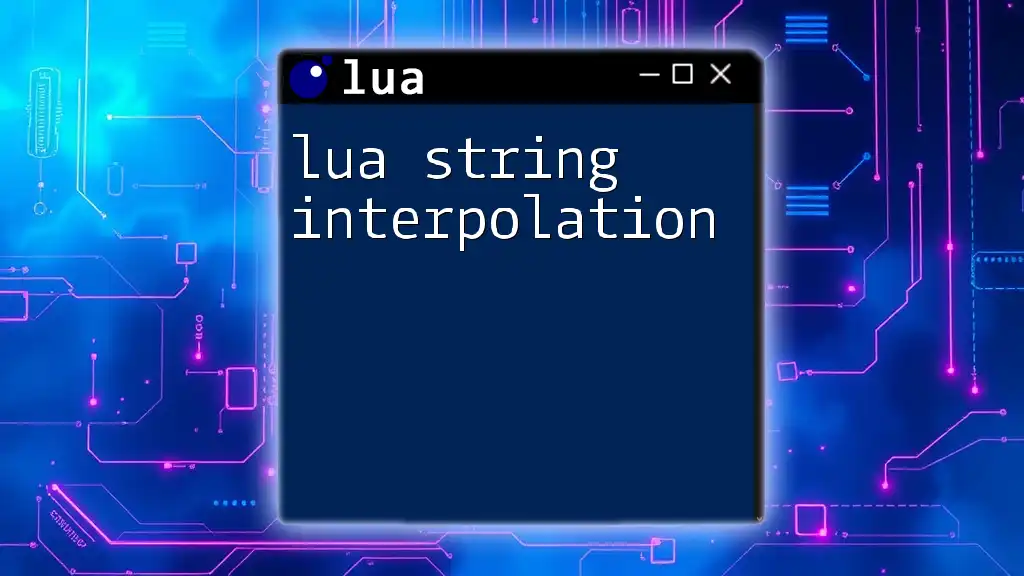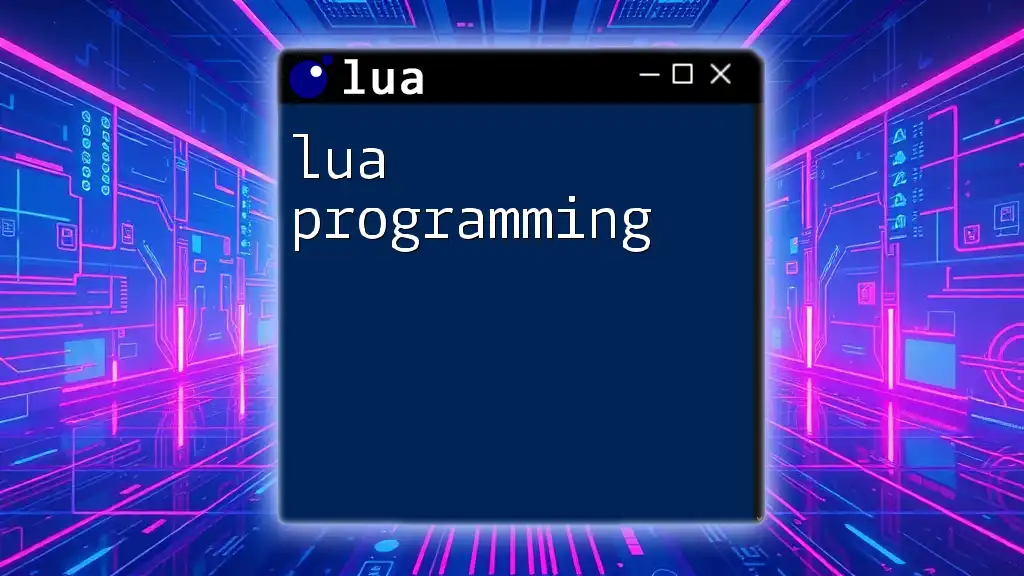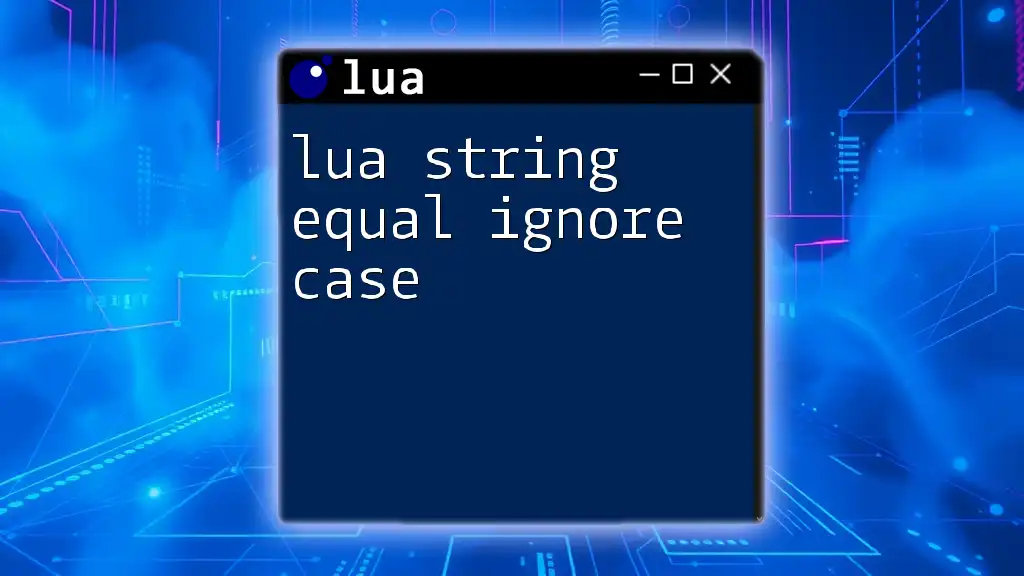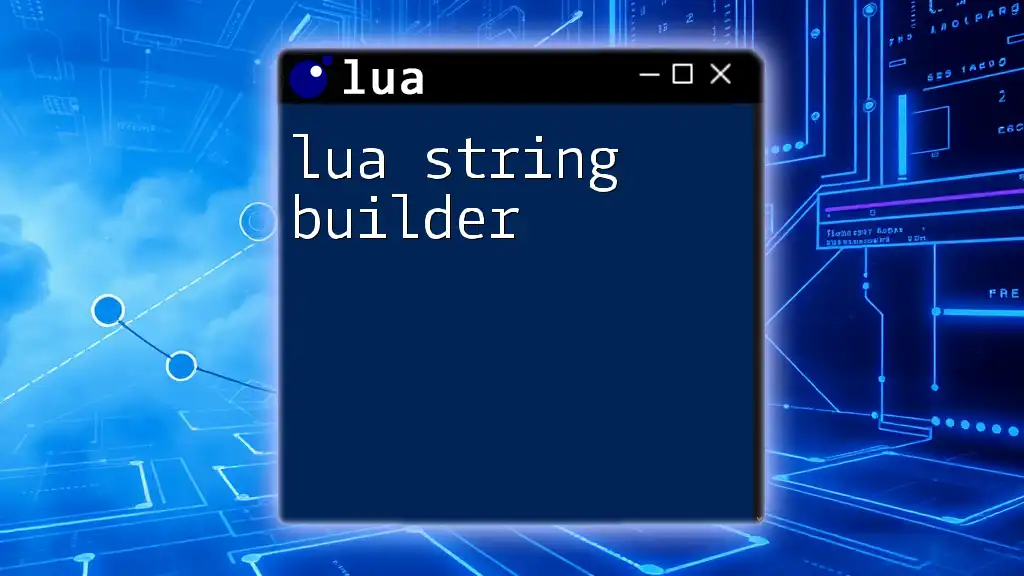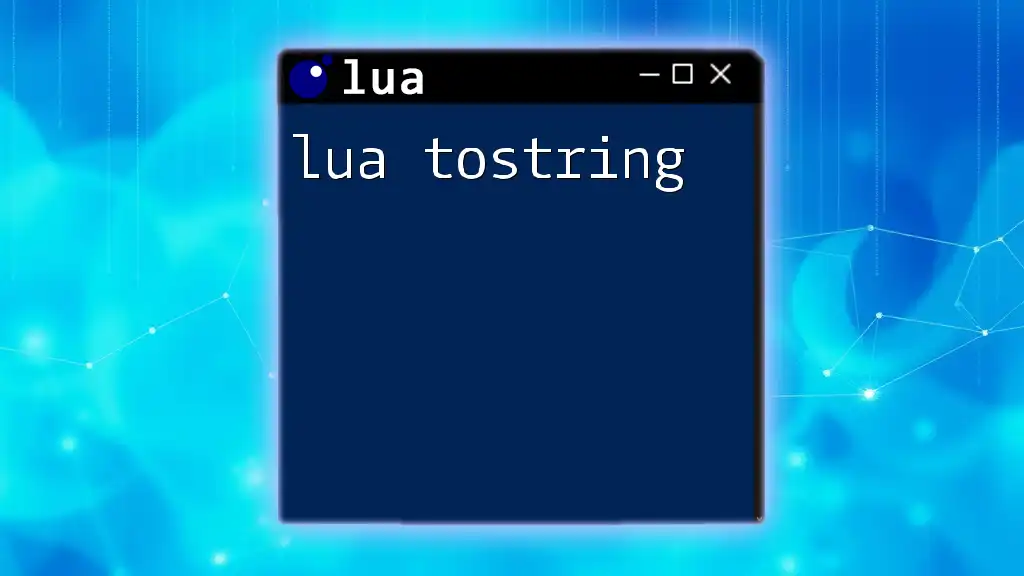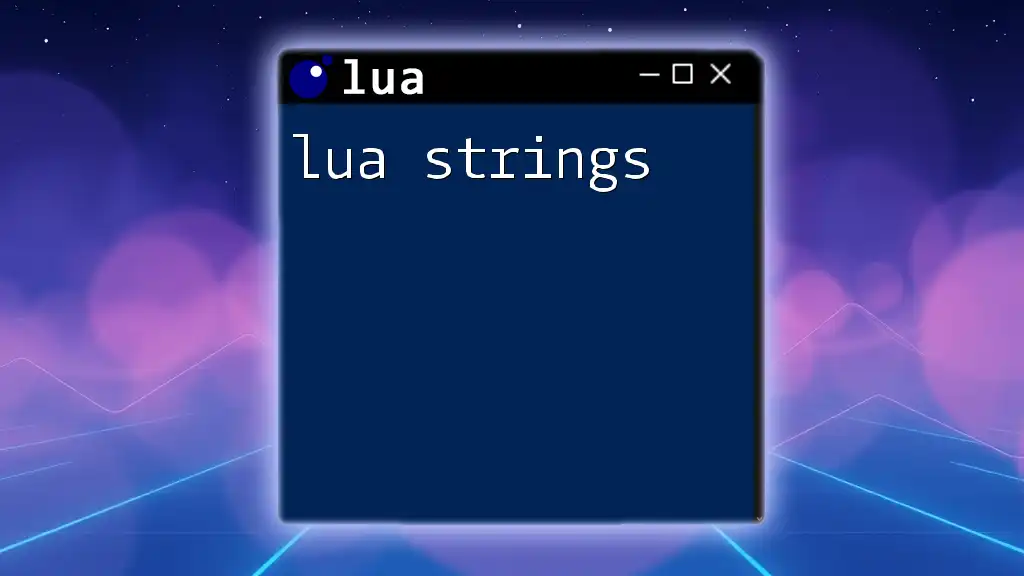Lua string format padding allows you to format strings by specifying the minimum width of the string output, with optional padding on the left or right, using the `string.format` function.
Here's a code snippet demonstrating string format padding in Lua:
-- Right padding a string to a width of 10
local str1 = string.format("%-10s", "Lua")
print("'" .. str1 .. "'") -- Output: 'Lua '
-- Left padding a string to a width of 10
local str2 = string.format("%10s", "Lua")
print("'" .. str2 .. "'") -- Output: ' Lua'
Understanding Lua String Formatting
What is String Formatting?
String formatting is the process of constructing a string that conforms to a specific template. In Lua, string formatting allows you to create output that is logical, organized, and visually pleasing. By using formatted strings, you can ensure consistent output, such as padding and alignment, which improves the readability of your data and enhances the user experience.
The `string.format` Function
At the heart of lua string format padding is the `string.format` function. This built-in function allows developers to create formatted strings by substituting variables into a specified format template.
The basic syntax of this function is:
string.format(formatstring, ...)
Where `formatstring` is the template you wish to follow, and `...` represents the values that will replace the placeholders in the format string. Common use cases include logging data, displaying tables, or creating user interfaces.
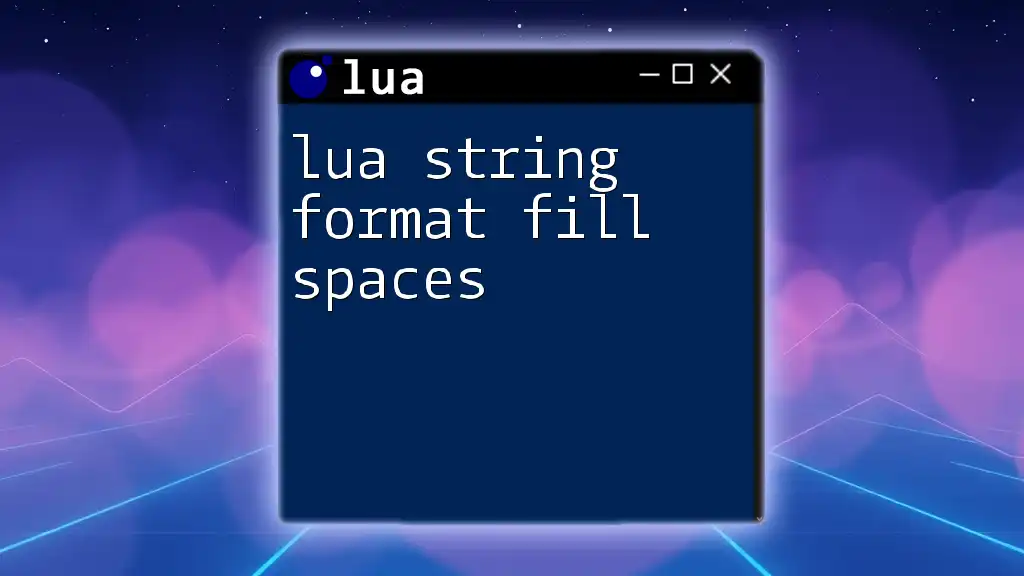
String Format Specifiers
Overview of Format Specifiers
Format specifiers are placeholders in the format string that start with a `%` character. They define how variables should be formatted when outputting the string. Lua supports a variety of specifiers, such as `%s` for strings, `%d` for integers, and `%f` for floating-point numbers.
Detailed Breakdown of Padding Specifiers
Width Specifier
One crucial aspect of lua string format padding is the width specifier. This allows you to define a minimum width for the output of your string. If the actual string is shorter than the specified width, it will be padded with spaces.
For example:
print(string.format("%10s", "Lua")) -- Output: " Lua"
In this example, the string "Lua" is right-aligned within a 10-character width.
Alignment Specifier
To control alignment, Lua also provides options to align strings left or right. By default, strings are right-aligned. However, adding a `-` before the width specifier aligns the text to the left.
print(string.format("%-10s", "Lua")) -- Output: "Lua "
In this example, the text is now left-aligned within the same width.
Zero Padding
When formatting numbers, you can use `0` to add leading zeroes. This is especially useful for numeric displays where a fixed number of digits is required.
print(string.format("%05d", 42)) -- Output: "00042"
Here, the number `42` is zero-padded to ensure it has a width of 5 characters.
Combining Specifiers
You can also combine multiple specifiers to achieve complex formatting. This allows you to control both the width and alignment of different data types within a single output string.
print(string.format("%-10s: %03d", "Item", 5)) -- Output: "Item : 005"
In this case, we are left-aligning the item name and ensuring that the number is zero-padded to three digits.

Practical Applications of String Padding
Creating User-Friendly Output
Using lua string format padding effectively increases the readability and aesthetics of the output. Well-formatted strings can be particularly helpful when displaying headers or reports.
Consider this example for formatting headers:
local formatString = "%-15s %10s"
print(string.format(formatString, "Item", "Price")) -- Formatting headers
print(string.format(formatString, "Apple", "$0.99"))
Notice how the output is organized and easy to read, enhancing user engagement.
Formatting Tables
Padding becomes even more impactful when outputting data in tables. It helps maintain consistent column spacing, contributing to a more structured presentation.
Here’s a practical example with a simple fruits table:
local fruits = {
{ name = "Apple", price = 0.99 },
{ name = "Banana", price = 0.59 },
{ name = "Cherry", price = 2.99 }
}
print(string.format("%-15s %10s", "Fruit", "Price"))
for _, fruit in ipairs(fruits) do
print(string.format("%-15s $%0.2f", fruit.name, fruit.price))
end
In this example, the list of fruits is neatly organized, allowing for easy comparison at a glance.
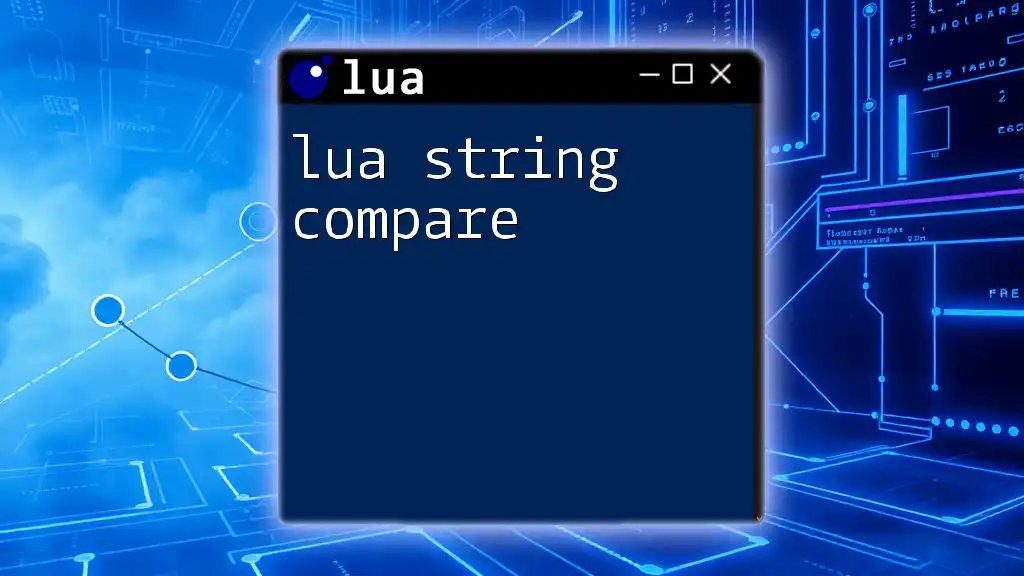
Best Practices for Using String Format Padding
Choosing the Right Width
While setting padding widths, consider the typical length of the data you’ll be formatting. Overly wide fields can lead to wasted space, while too-narrow fields may cause text to become truncated or difficult to read.
Avoiding Common Pitfalls
One common mistake in string formatting is misunderstanding how Lua treats numerical and string types. Ensure you apply the correct specifiers to avoid unexpected results. Additionally, be cautious when combining specifiers, as misalignment can lead to messy output.
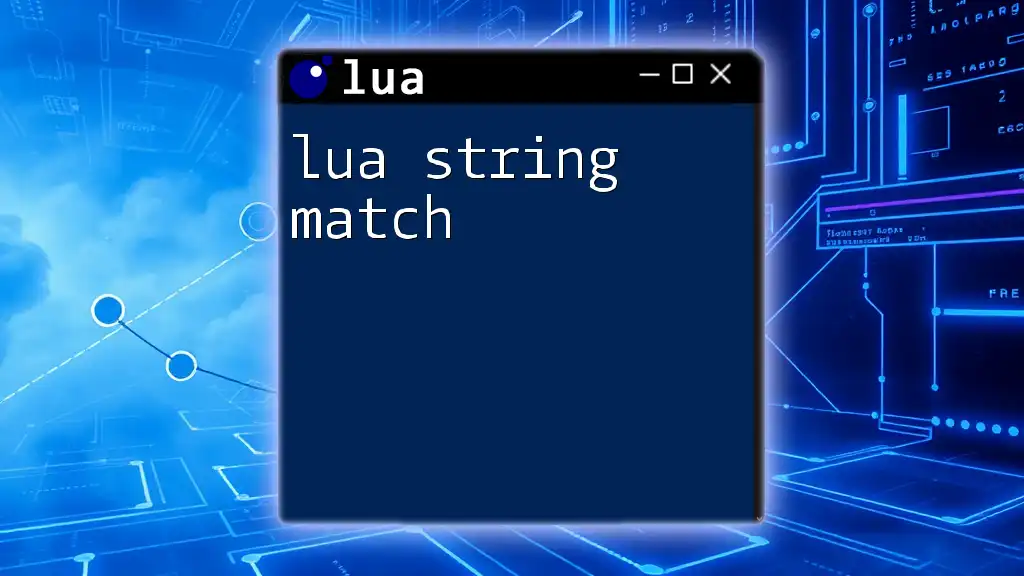
Conclusion
In conclusion, understanding lua string format padding is essential for creating visually appealing and organized outputs in your applications. Developing a solid grasp of the `string.format` function, along with its padding capabilities, will significantly enhance the quality of your Lua programming.
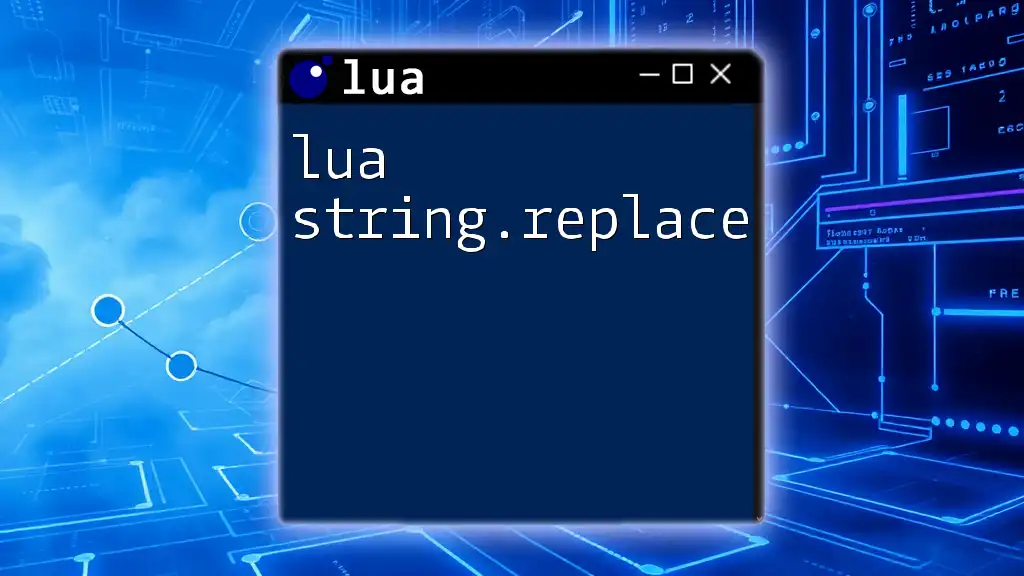
Additional Resources
For further exploration of the topic, you can refer to the official Lua documentation and seek out books or tutorials dedicated to Lua programming to boost your knowledge and skills.
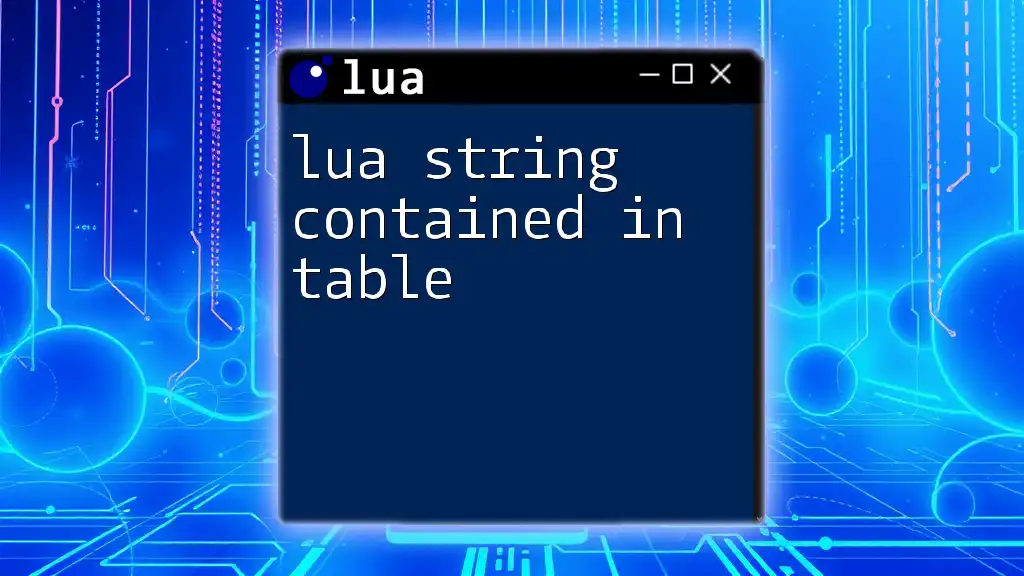
Your Next Steps
Try out the `string.format` function in your projects today! Experiment with various formatting options and see how lua string format padding can transform your output into a more structured, user-friendly format.
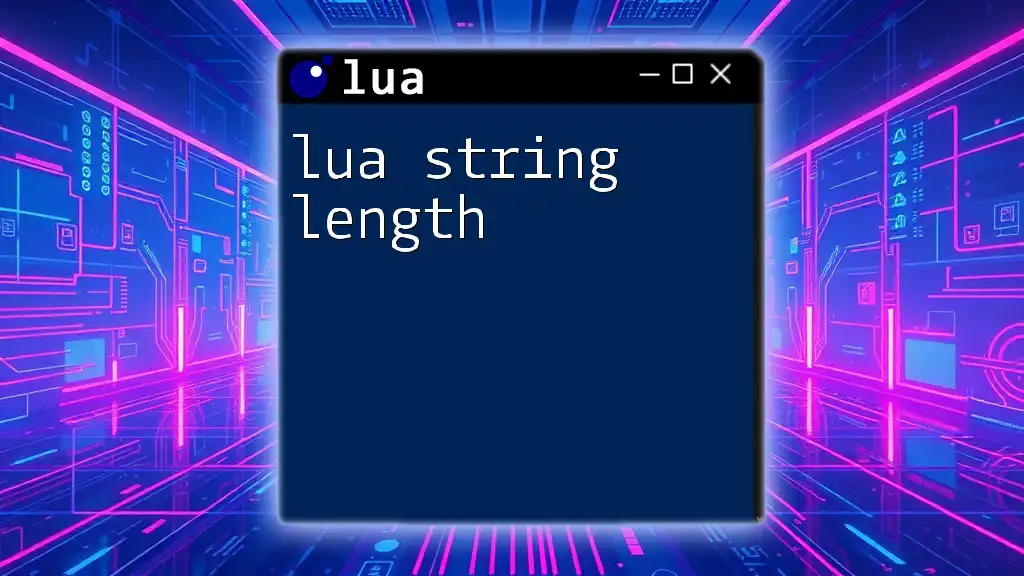
FAQs
What does the `string.format` function do in Lua?
The `string.format` function creates formatted strings by combining literal text with various data types per specified format templates, enhancing the presentation of data.
Can I change the default padding character?
While Lua does not allow customizing the default padding character, you can manually add characters (like dots or dashes) to achieve specific outcomes.
Is string padding necessary in Lua?
While not strictly necessary, effective string padding considerably improves output readability and organization, turning your applications into user-friendly experiences.

